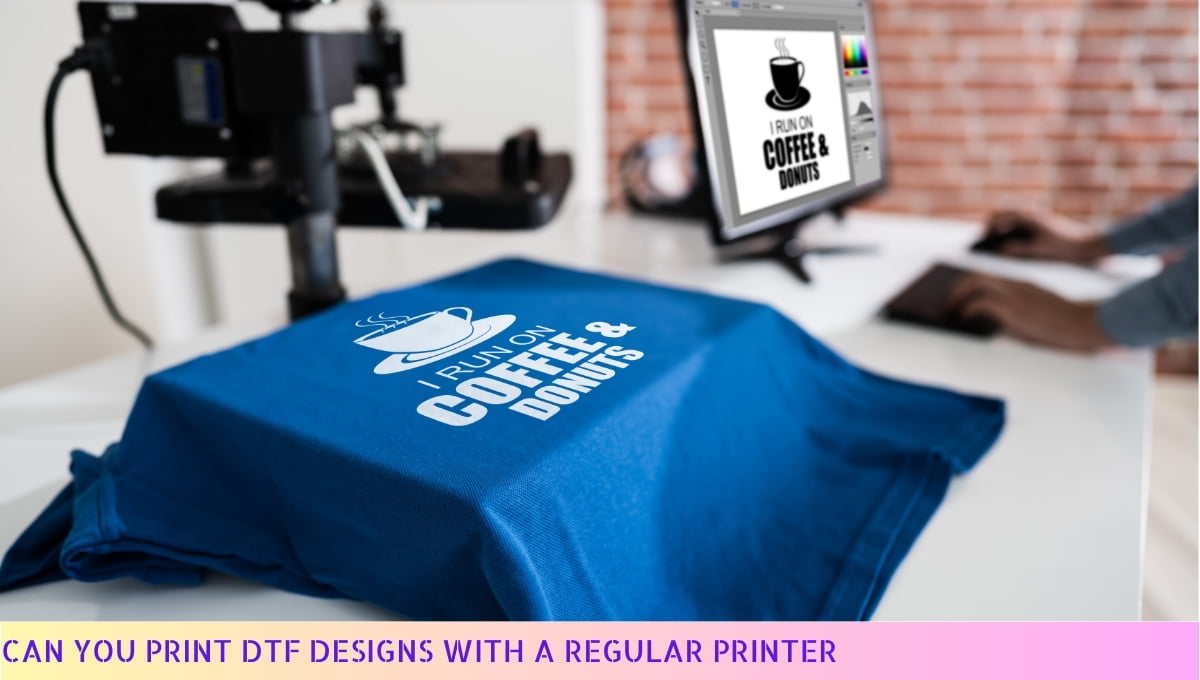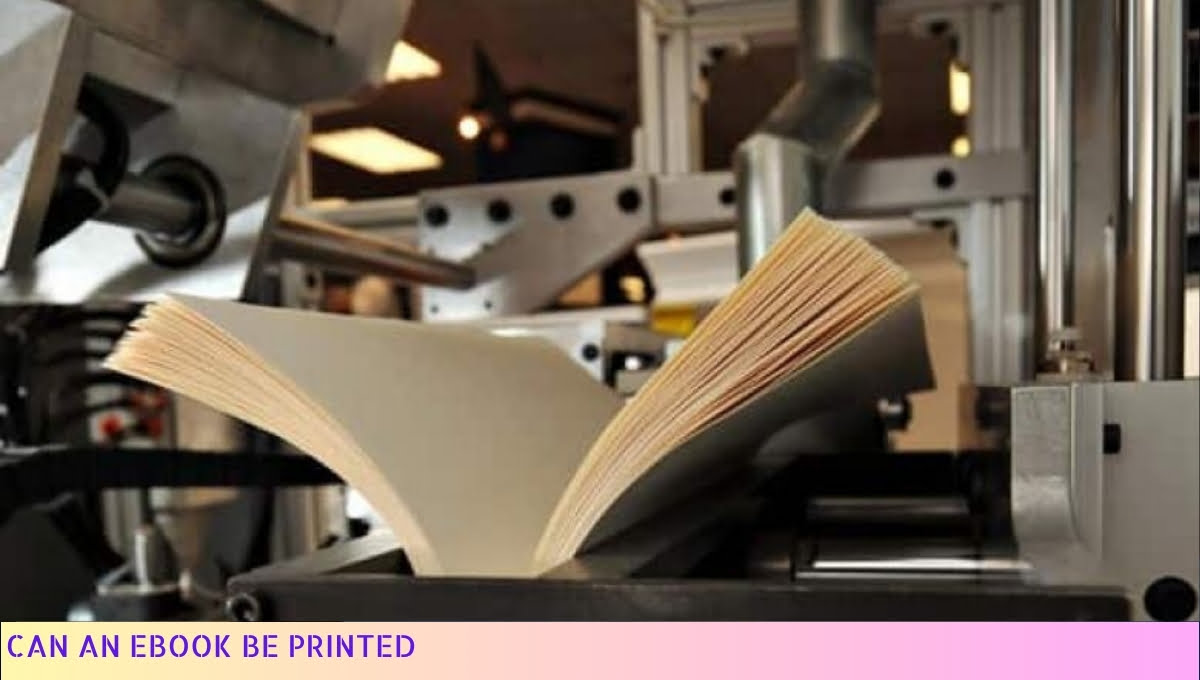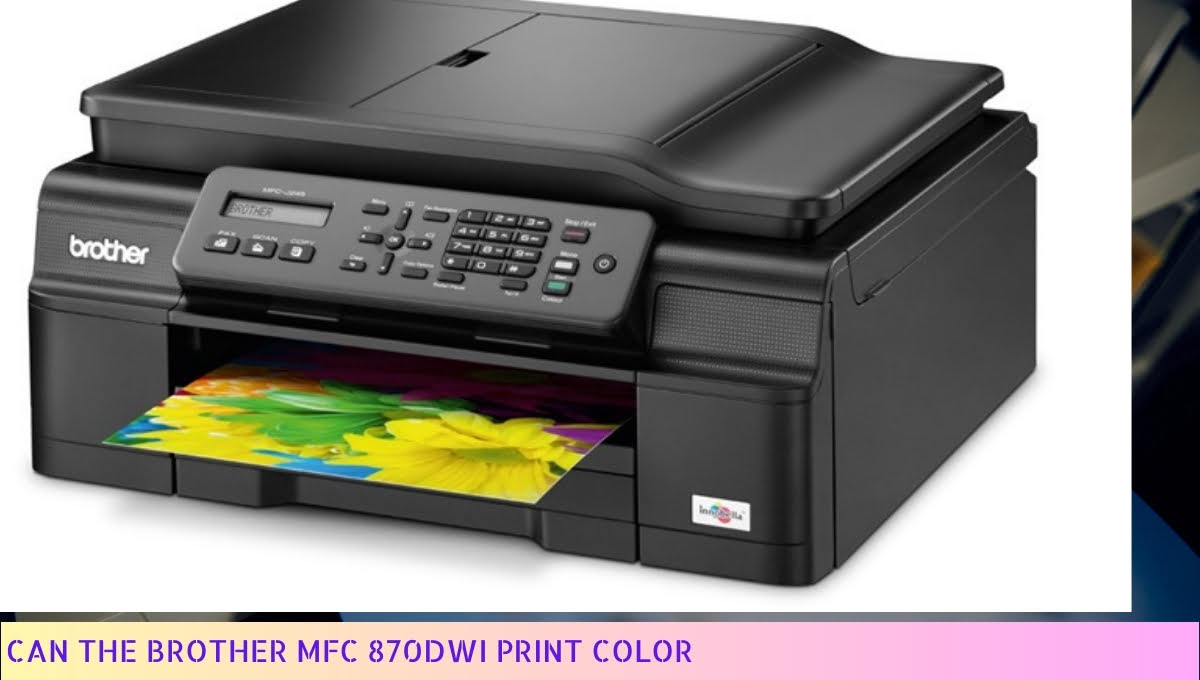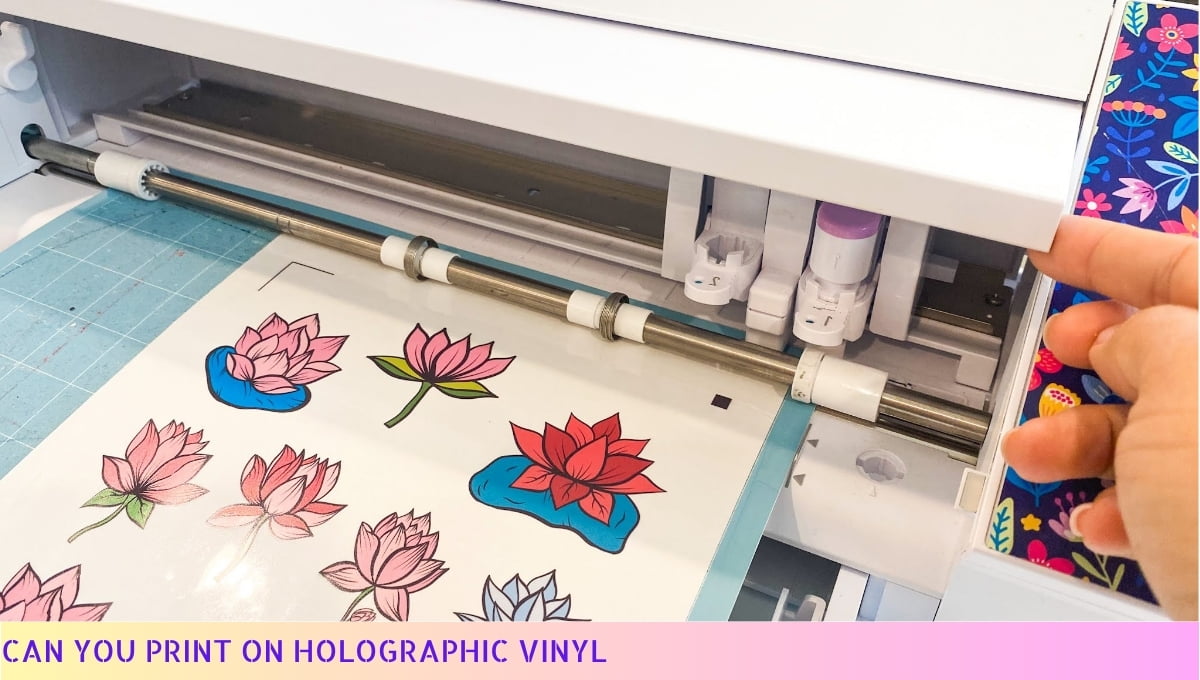The printing revolution has played a crucial role in shaping the way information is disseminated, impacting every aspect of human society.
From the humble beginnings of woodblock printing in ancient China to the advent of modern digital printing techniques, this timeline explores the key milestones in the technological evolution of printing.
So, let’s embark on a journey through time to unravel the fascinating story of how printing has transformed the world we live in today.
I. The Birth of Printing: From Woodblock to Moveable Type
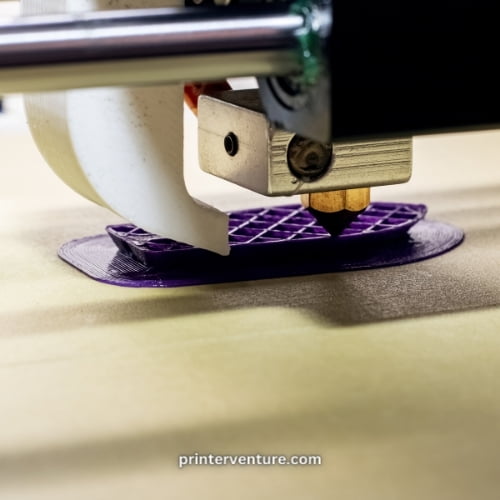
In the history of printing, one of the most significant developments was the transition from woodblock printing to moveable type.
Before the invention of moveable type, printing was a laborious process that involved carving entire pages onto wooden blocks.
Each block represented a single page, and the blocks had to be inked and pressed onto paper one by one. This method was time-consuming and limited in its flexibility.
The Chinese Origins of Printing
Although moveable type is often associated with Johannes Gutenberg and the Gutenberg Revolution, the concept of printing with moveable type actually originated in ancient China.
As early as the 11th century, the Chinese were using ceramic moveable type to print documents. However, this technology did not spread widely and was eventually abandoned.
Gutenberg’s Invention
In the 15th century, Johannes Gutenberg, a German blacksmith and inventor, revolutionized the printing industry with his invention of the printing press. Gutenberg’s press used moveable metal type, allowing for the quick and efficient printing of multiple copies of a document.
This invention marked a turning point in the history of printing and paved the way for the mass production of books and other printed materials.
The Impact of Moveable Type
The introduction of moveable type had a profound impact on society. It made books more affordable and accessible, leading to an increase in literacy rates and the spread of knowledge.
It also played a crucial role in the Protestant Reformation, as Martin Luther’s 95 Theses were printed and distributed widely, challenging the authority of the Catholic Church.
The Legacy of Moveable Type
Although moveable type eventually gave way to more advanced printing technologies, its legacy is still evident today.
The principles of moveable type laid the foundation for modern printing methods, and Gutenberg’s printing press remains one of the most important inventions in human history.
The transition from woodblock printing to moveable type marked a significant milestone in the history of printing. This advancement revolutionized the industry, making printing faster, more efficient, and more accessible to a wider audience.
Without this crucial development, the printing industry as we know it today would not exist.
II. The Gutenberg Revolution: The Invention of the Printing Press
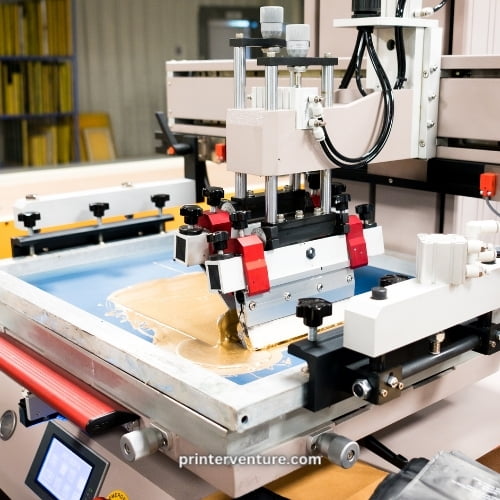
In the history of printing, one name stands out as a game-changer: Johannes Gutenberg. In the 15th century, Gutenberg revolutionized the way information was disseminated with his invention of the printing press.
This monumental innovation marked a turning point in human history, paving the way for the spread of knowledge, literacy, and the democratization of information.
The Birth of the Printing Press: Before Gutenberg’s invention, printing was primarily done using woodblock techniques. These involved carving out entire pages of text or images onto a wooden block, which would then be coated with ink and pressed onto paper.
While effective, this method was time-consuming and limited in terms of reproducing large quantities of text.
Gutenberg’s Ingenious Invention: Gutenberg’s genius lay in his development of moveable type. He created individual metal letters, each with a raised character, which could be arranged and rearranged to form words, sentences, and entire pages.
This breakthrough allowed for faster and more efficient printing, as well as the ability to easily correct errors or make changes.
The Impact of the Printing Press: Gutenberg’s printing press had a profound impact on society. It enabled the mass production of books, making them more affordable and accessible to the general public. This led to a surge in literacy rates, as more people had access to written materials. It also played a crucial role in the spread of scientific knowledge, religious texts, and political ideas, fueling the Renaissance and the Reformation.
The Rise of Printing Industries: Gutenberg’s invention sparked a printing revolution across Europe. Printing presses were established in major cities, and the printing industry began to flourish.
Printers and publishers became key players in the dissemination of information, and books became highly sought-after commodities. This period saw the rise of famous printing houses and the development of printing techniques that further improved efficiency and quality.
The Digital Printing Era: In the modern era, printing has undergone another revolution with the advent of digital technology. Traditional printing methods have been supplemented, and in some cases replaced, by digital printing techniques.
This has allowed for even faster and more precise printing, as well as the ability to personalize and customize printed materials.
Digital printing has also opened up new possibilities for on-demand printing, reducing waste and increasing efficiency.
The invention of the printing press by Johannes Gutenberg was a pivotal moment in human history.
It revolutionized the way information was produced and disseminated, leading to a surge in literacy, the spread of knowledge, and the rise of printing industries.
Today, digital printing continues to push the boundaries of what is possible, ensuring that the power of the printing press remains a vital tool in our ever-evolving world.
III. Industrialization and Mass Production: The Rise of the Printing Industry
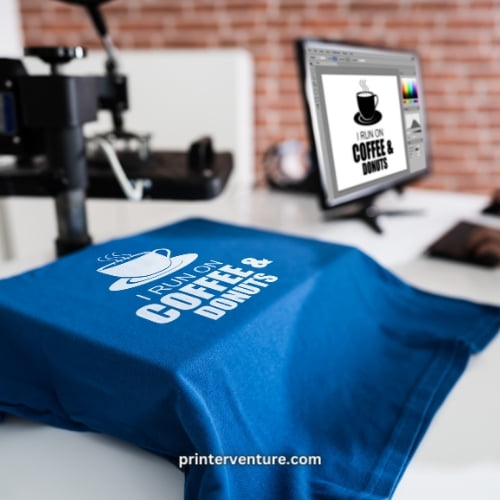
During the Industrial Revolution, the printing industry experienced a significant transformation.
With the advent of new technologies and the rise of mass production, printing became faster, more efficient, and more accessible to the general public.
The Impact of Industrialization
The industrialization of the printing industry brought about several key changes. First and foremost, it allowed for the mass production of printed materials.
With the introduction of steam-powered printing presses, printing companies could produce large quantities of books, newspapers, and other printed materials at a much faster rate than ever before.
Moreover, the industrialization of printing led to the establishment of printing factories and specialized printing equipment. These factories employed skilled workers who operated the machinery and carried out the printing process.
This shift from artisanal printing to factory-based production further increased the speed and efficiency of the printing industry.
The Rise of Printing Companies
With the rise of mass production, printing companies emerged as major players in the industry. These companies offered a wide range of printing services, catering to the growing demand for printed materials.
They became central hubs for the production, distribution, and sale of books, newspapers, and other printed products.
Printing companies also played a crucial role in the dissemination of knowledge and information.
With the increased availability and affordability of printed materials, literacy rates rose, and access to education became more widespread.
This had a profound impact on society, as it empowered individuals with knowledge and facilitated the exchange of ideas.
The Evolution of Printing Technology
As the printing industry continued to evolve, so did the technology used in the process. Mechanical typesetting replaced manual typesetting, allowing for faster and more accurate printing.
The introduction of rotary presses further increased printing speeds, making it possible to produce thousands of copies in a short period.
Another significant development was the transition from letterpress printing to offset lithography.
This new printing technique enabled high-quality, full-color printing, revolutionizing the industry and opening up new possibilities for designers and publishers.
The Printing Industry Today
In the modern era, the printing industry has undergone yet another transformation with the advent of digital printing. This technology allows for on-demand printing, eliminating the need for large print runs and reducing waste.
It has also made printing more accessible to individuals and small businesses, as digital files can be easily sent to print shops or printed at home.
Furthermore, the rise of the internet and digital publishing has had a profound impact on the printing industry.
While digital media has become increasingly popular, there is still a demand for printed materials, particularly in areas such as publishing, marketing, and packaging.
The industrialization of the printing industry revolutionized the way information and knowledge were disseminated. It brought about mass production, the rise of printing companies, and advancements in printing technology.
Today, digital printing continues to shape the industry, offering new possibilities for both individuals and businesses.
IV. The Modern Printing Era: Digital Printing and Beyond
In the modern era, digital printing has revolutionized the printing industry, allowing for faster, more efficient, and highly customizable printing processes.
With the advent of computers and advanced digital technologies, traditional printing methods have been supplemented and, in some cases, replaced by digital alternatives.
The Rise of Digital Printing
One of the key advantages of digital printing is its ability to eliminate the need for physical printing plates. Instead, digital files can be directly sent to the printing press, significantly reducing setup time and costs.
This streamlined process allows for quick turnaround times and enables businesses to meet tight deadlines.
Moreover, digital printing offers unparalleled flexibility in terms of customization. Each print can be individually tailored, allowing for variable data printing.
This means that different elements, such as names, addresses, or images, can be easily changed from one print to the next, making it ideal for personalized marketing materials or direct mail campaigns.
The Advantages of Digital Printing
Aside from its flexibility, digital printing also offers superior print quality and color accuracy. The use of advanced digital technologies ensures that every detail is captured with precision, resulting in sharp images and vibrant colors.
This level of quality is especially important for businesses that rely on visually appealing materials to attract customers.
Furthermore, digital printing is highly cost-effective for small print runs. Unlike traditional offset printing, which requires the production of printing plates and setup costs, digital printing allows for on-demand printing.
This means that businesses can print only the quantity they need, reducing waste and minimizing storage costs.
The Future of Printing
As technology continues to advance, the printing industry is poised for further innovation. 3D printing, for example, has emerged as a revolutionary printing method that enables the creation of three-dimensional objects.
This technology has the potential to transform various industries, including manufacturing, healthcare, and even fashion.
Additionally, the integration of artificial intelligence and automation into printing processes is expected to enhance efficiency and productivity.
AI-powered algorithms can optimize print layouts, minimize waste, and automate quality control, resulting in faster turnaround times and improved accuracy.
The modern printing era has been shaped by the rise of digital printing and the continuous advancement of technology. This has revolutionized the industry, offering faster, more efficient, and highly customizable printing solutions.
As we look to the future, it is clear that the printing industry will continue to evolve, embracing new technologies and pushing the boundaries of what is possible.
FAQ – Unveiling the Printing Revolution: A Timeline of Technological Evolution
1. What is the printing revolution?
The printing revolution refers to the period in history when printing technology underwent significant advancements, leading to a widespread dissemination of information and a transformation in various industries.
2. When did the printing revolution begin?
The printing revolution began in the 15th century with the invention of the printing press by Johannes Gutenberg in 1440.
3. How did the printing press revolutionize communication?
The printing press allowed for the mass production of books, making them more affordable and accessible to the general public. This led to a democratization of knowledge and a significant boost in literacy rates.
4. What were the key technological advancements in printing?
Some key technological advancements in printing include the development of movable type, the introduction of mechanized presses, the use of steam power, and the invention of lithography and offset printing.
5. How did printing revolutionize industries?
The printing revolution had a profound impact on industries such as publishing, education, journalism, advertising, and even politics. It enabled the mass production of books, newspapers, and other printed materials, facilitating the spread of ideas and information.
6. What is the significance of the Gutenberg Bible?
The Gutenberg Bible, printed by Johannes Gutenberg, is considered a milestone in the history of printing. It was the first major book printed using movable type, marking the beginning of the printing revolution.
7. How did the printing revolution contribute to cultural and intellectual movements?
The printing revolution played a crucial role in the Renaissance and the Reformation, as it allowed for the dissemination of new ideas, scientific discoveries, and religious texts. It sparked cultural and intellectual movements that shaped the course of history.
8. What were the limitations of early printing technologies?
Early printing technologies had limitations such as slow printing speeds, limited color options, and the need for manual typesetting. These limitations were gradually overcome with advancements in technology.
9. How did digital printing impact the printing revolution?
Digital printing revolutionized the printing industry by enabling high-quality, on-demand printing with shorter turnaround times. It eliminated the need for traditional printing plates and allowed for more cost-effective and customizable printing options.
10. How does the printing revolution continue to evolve today?
The printing revolution continues to evolve with advancements in 3D printing, nanotechnology, and digital printing techniques. These technologies are revolutionizing industries such as manufacturing, healthcare, and design.
Wrapping up:
As we journeyed through the timeline of technological evolution in printing, it becomes evident that the printing revolution has transformed the way we communicate and disseminate information.
From the invention of the printing press by Johannes Gutenberg in the 15th century to the modern digital printing technologies of today, printing has evolved to be faster, more efficient, and more accessible than ever before.
With each technological advancement, the world of printing continues to push boundaries and revolutionize industries.
The printing revolution is far from over, and we can only anticipate more exciting innovations and advancements in the future.


